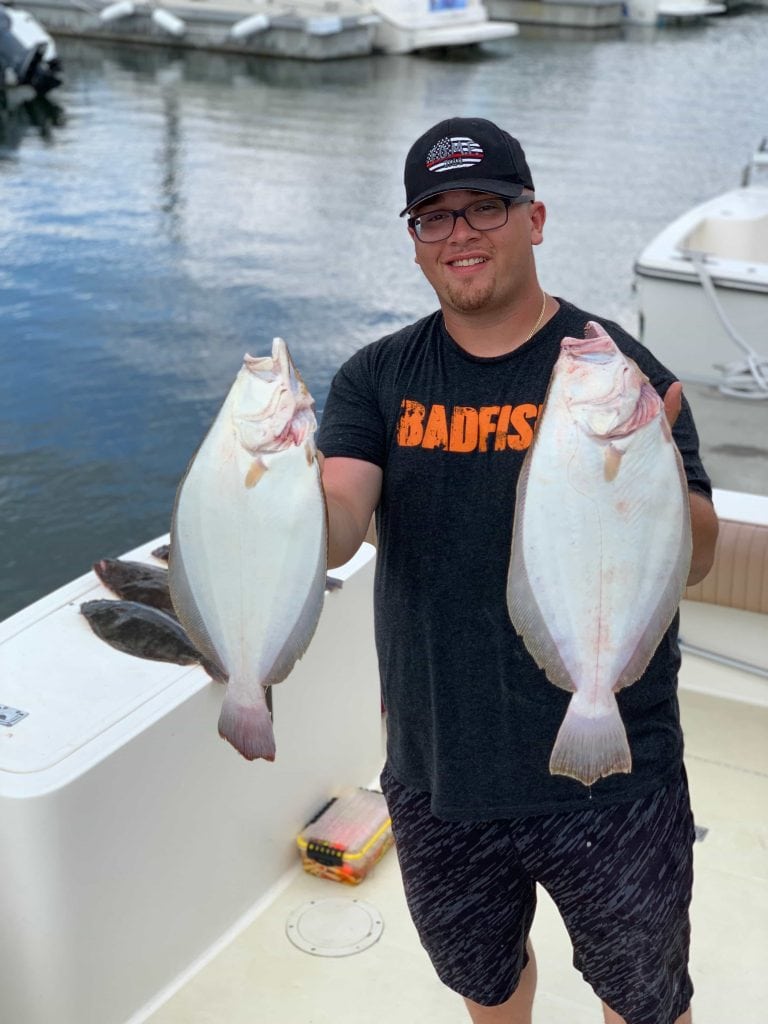
In Hey! That’s My Fish! each player controls a colony of penguins jumping from ice floe to ice floe hunting fish. A rare feature in most games and another reason we couldn’t believe someone donated this to thrift. Hey! That’s My Fish! is super-simple to explain to children as young as 5 or 6, yet has strategic complexity that will keep adults coming back. I have never played (until now), but have seen it mentioned a lot in different Facebook groups in response to questions about great family games that are entertaining for all ages.Īnd now after a couple plays, we understand what all the hubbub was about. You should also avoid placing them with larger predatory fish.What would you call a penguin-shaped meeple? A peeple? Pengle? Meepguin? I haven’t made up my mind yet either, but am happy to have finally found a copy of Hey! That’s My Fish! by Mayfair Games at our local Goodwill. If you choose to add X-ray Tetras to a home aquarium, experts recommend that you add several, since they prefer to live in schools. They tend to be hardy fish that adapt well to different types of water. In addition to their unique, see-through skin, X-ray Tetras are known as peaceful fish that get along well with other fish in aquarium settings. Since that time, they've become one of the most popular freshwater fish kept in aquariums around the world. X-ray Tetras were first described in the wild by American marine biologist Albert Ulrey in 1894. This structure picks up sound waves and transmits them to the vertebrae, which gives X-ray Tetras a very keen sense of hearing.
HEY THATS MY FISH ONLINE SKIN
In addition to their backbones, their skin also allows you to see a bony internal structure called the Weberian apparatus. When swimming through dense vegetation amongst sparkling waters, their see-through skin makes them particularly difficult to spot. Scientists believe the translucent skin of X-ray Tetras may have developed over time as a unique form of protection from predators.

Occasionally, they may also have a silver, yellow, or golden appearance. Their name comes from the fact that their skin is usually translucent, allowing you to see their backbone and other internal structures clearly. They're small fish (usually two to three inches long) that can be found in large schools in the Amazon River and the coastal waters off South America. X-ray fish go by several names: X-ray Tetras, Golden Pristella Tetras, Water Goldfinches, and Pristella Maxillaris, according to scientists. We did begin to WONDER about the new X-ray fish, though. We were surprised that a freshwater fish like Goldie was being so salty, but it's a small tank and we just chalked it up to her being territorial and a bit jealous. He's got some backbone! I'll give him that. Goldfish #2: Well, I guess that explains a lot.

Goldfish #1: Of course you can! He's an X-ray fish! He just showed up today, but he isn't fooling me. Goldfish #1: That friendly one over there complimenting all the other fish… Goldfish #2: Which fish are you talking about, Nugget?

Goldfish #1: Hey Goldie! Who's that new fish over there?

We were cleaning out the Wonderopolis fish tank the other day when we overheard an interesting conversation between two of the goldfish:


 0 kommentar(er)
0 kommentar(er)
